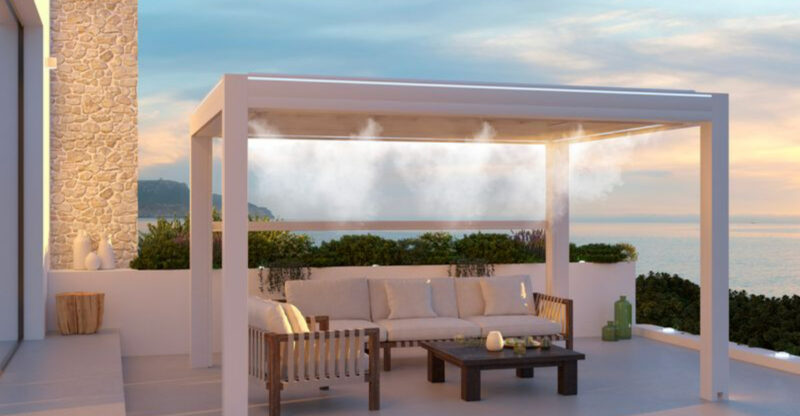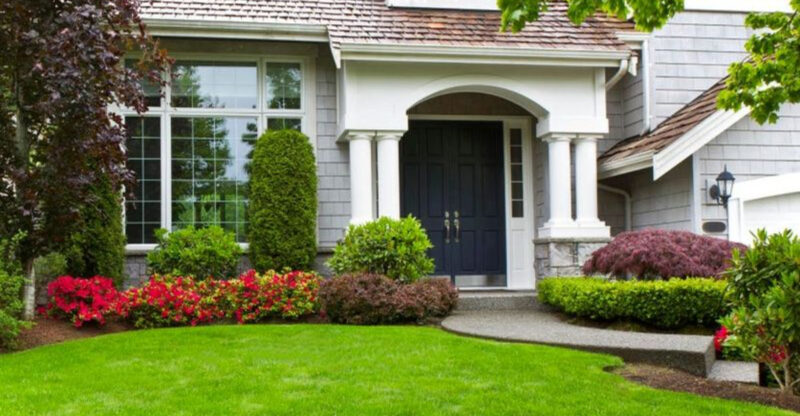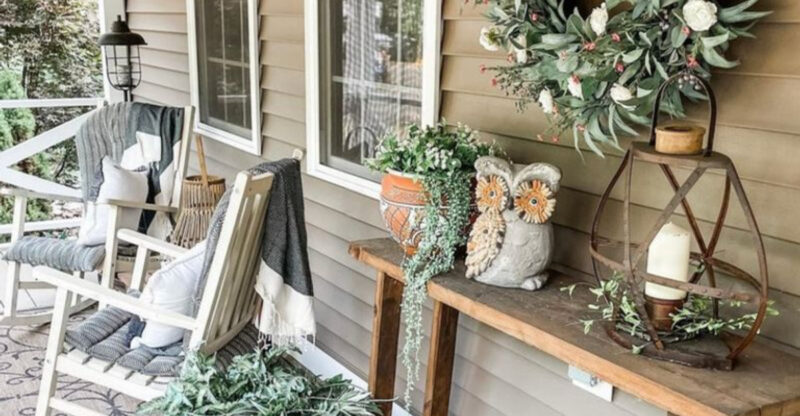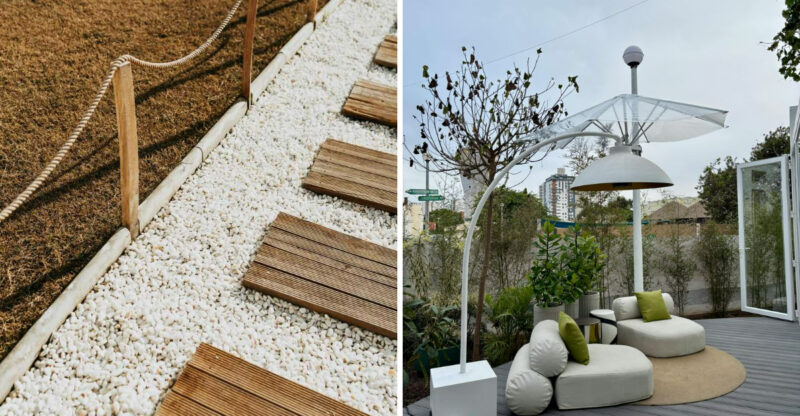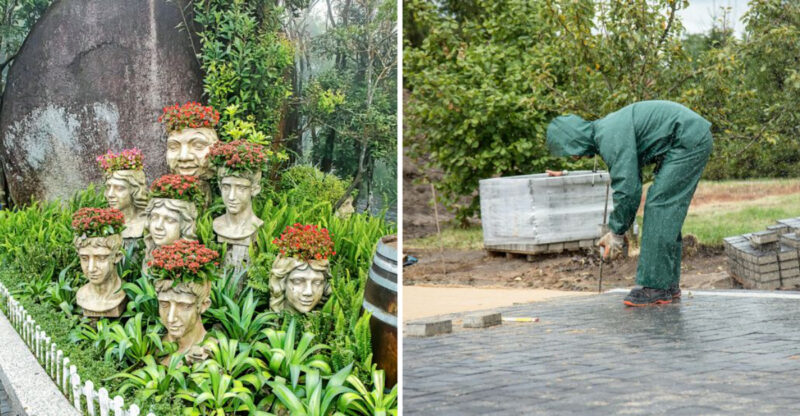These 10 Front Yard And Patio Looks Are Big In Washington DC Right Now
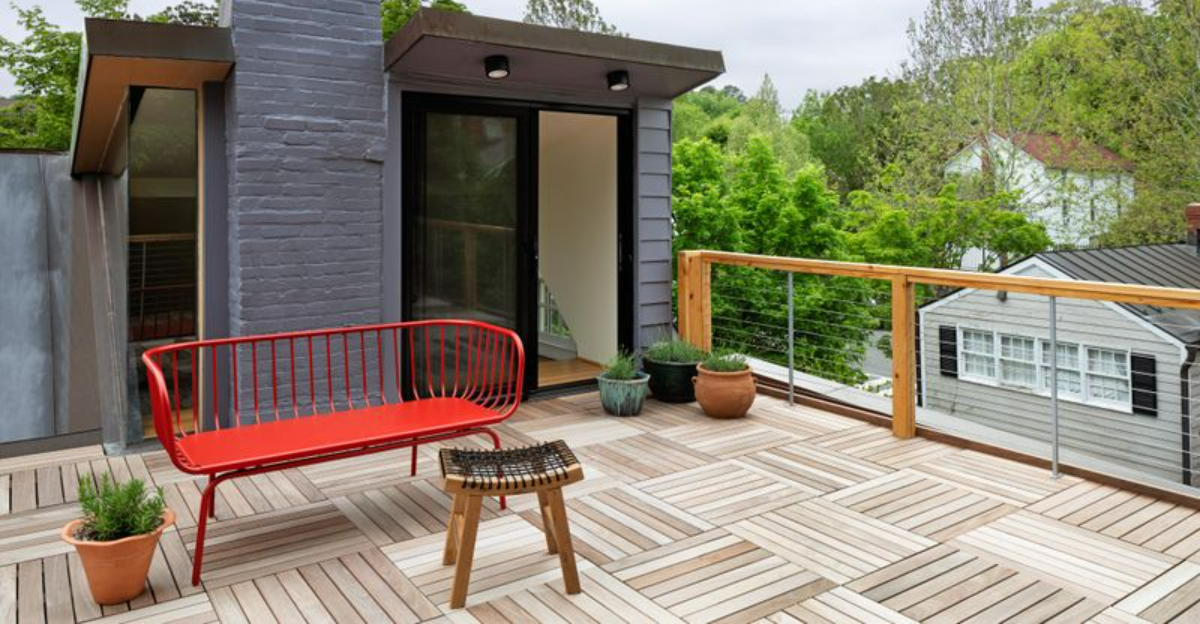
Walking through the neighborhoods of Washington DC these days, I’ve noticed some amazing changes in front yards and patios. Homeowners across the city are getting creative with their outdoor spaces, turning them into beautiful extensions of their homes.
From Capitol Hill to Georgetown, these fresh outdoor design trends are popping up everywhere, reflecting both our city’s unique character and the growing desire for functional outdoor living spaces.
1. Native Plant Gardens
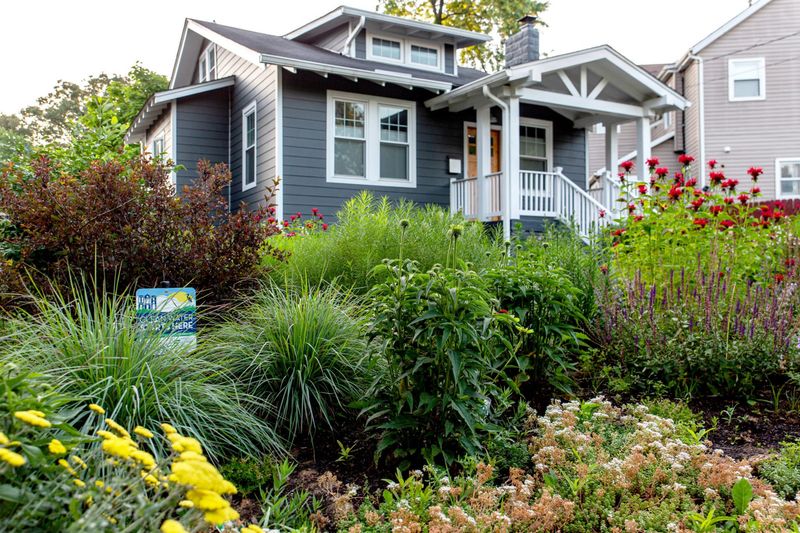
The days of perfectly manicured lawns are fading in DC. More homeowners are embracing native Chesapeake Bay plants like black-eyed Susans, butterfly weed, and Virginia bluebells in their front yards.
These plants need less water and maintenance while supporting local wildlife. I’ve seen stunning displays that change with the seasons, providing year-round interest without the constant upkeep of traditional gardens.
2. Modern Container Arrangements

Sleek container gardens are transforming DC’s smaller spaces with dramatic visual impact. Large-scale planters in matte black, brushed metal, or concrete hold architectural plants like ornamental grasses and succulents.
My neighbor arranged three different-sized containers with varying heights of plants to create a stunning focal point by her townhouse entrance. The beauty lies in their simplicity – just a few statement plants rather than dozens of competing flowers.
3. Sustainable Rain Gardens
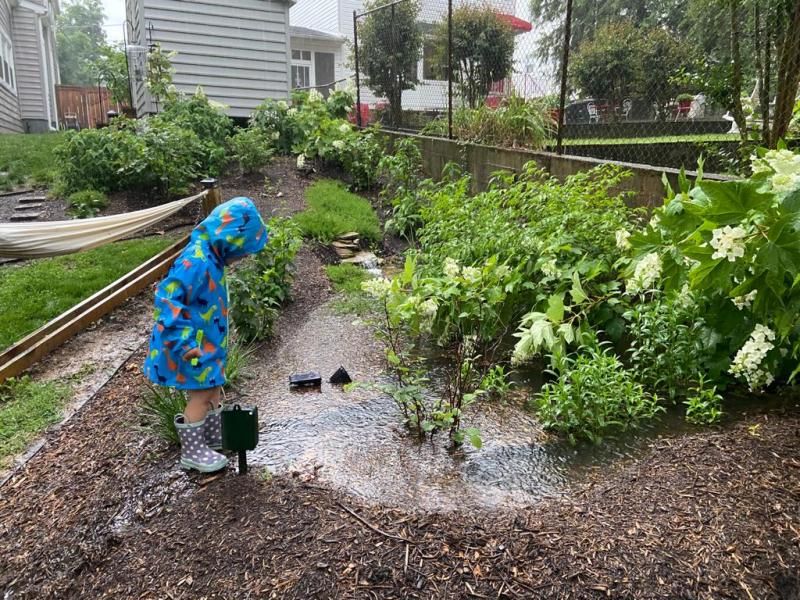
Rain gardens have become a practical solution for DC’s notorious summer downpours. By creating shallow depressions filled with water-loving plants, homeowners manage stormwater while creating beautiful landscapes.
During my morning walks through Brookland, I’ve spotted several front yards transformed with river birch trees, ferns, and cardinal flowers – all collecting rainwater that would otherwise flood basements. The DC government even offers rebates for installing these eco-friendly features!
4. Outdoor Living Rooms
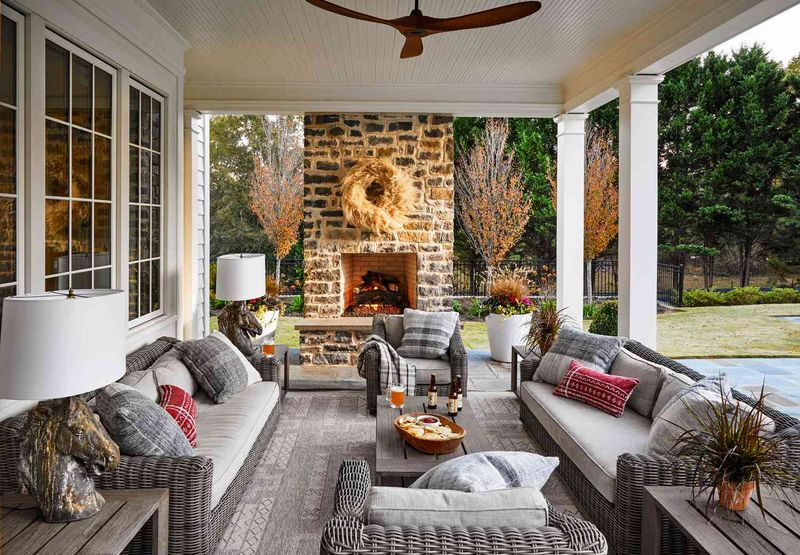
Front porches and patios have evolved into fully furnished outdoor living spaces across DC neighborhoods. Weather-resistant sofas, coffee tables, area rugs, and even TVs create comfortable areas for enjoying our city’s beautiful spring and fall seasons.
Yesterday I passed a Dupont Circle row house where the owners had created an incredible front patio complete with a small firepit, cozy seating, and string lights. These spaces encourage neighborhood connections while extending usable living space beyond the home’s walls.
5. Vertical Gardens
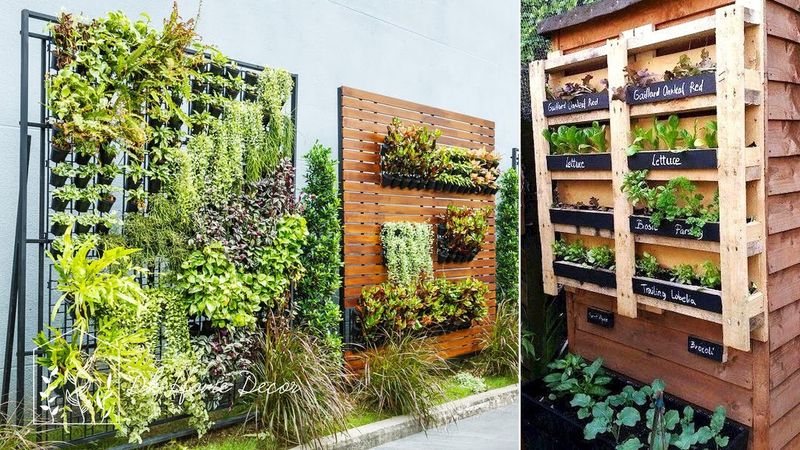
Space-challenged DC residents are growing upward with vertical gardens and living walls. These installations transform plain brick walls and fences into lush tapestries of plants, adding greenery without sacrificing precious square footage.
A Capitol Hill brownstone I admire uses a modular system with pockets for herbs, succulents, and trailing vines. Some homeowners incorporate irrigation systems for easy maintenance, while others choose low-maintenance sedums and air plants that need minimal care.
6. Historic-Modern Fusion
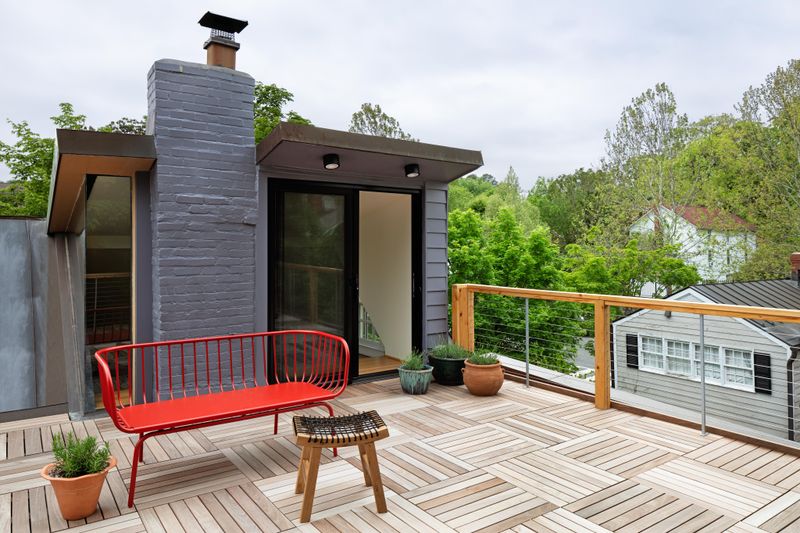
DC’s historic homes are getting contemporary updates that respect their architectural heritage while adding modern flair. Clean-lined furniture in bold colors sits alongside restored historic details like wrought iron fences and traditional brick pathways.
One Georgetown home beautifully pairs its 19th-century facade with geometric planters and minimalist seating. This blending of eras creates spaces that feel both timeless and fresh – perfect for a city that balances political tradition with constant evolution.
7. Pollinator Pathways
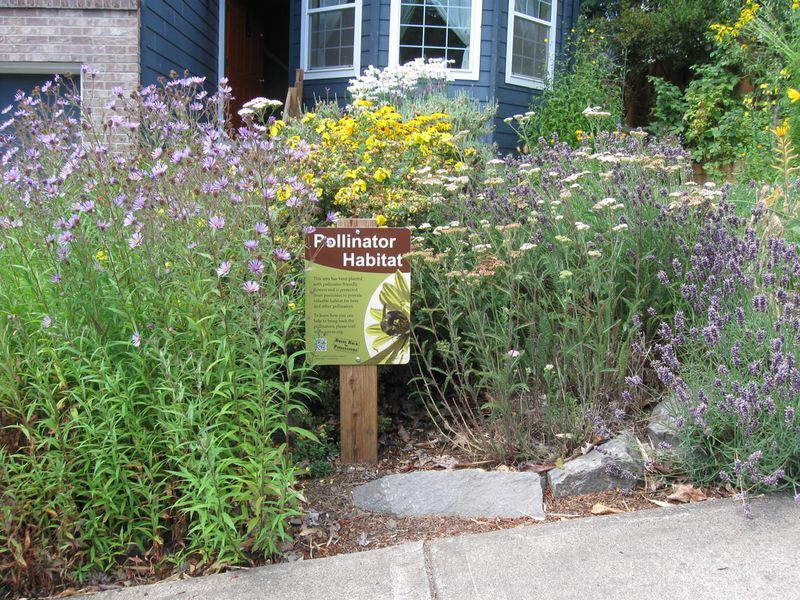
Bee-friendly front yards are creating connected corridors across DC neighborhoods. Residents plant nectar-rich flowers like coneflowers, bee balm, and milkweed to support declining pollinator populations.
A whole block in Shaw has coordinated their planting efforts, creating a continuous “pollinator pathway” that buzzes with life. Small signs identify these yards as pollinator-friendly spaces, sparking conversations and inspiring others to join the movement. Even the White House garden has embraced this pollinator-friendly approach!
8. Edible Landscaping
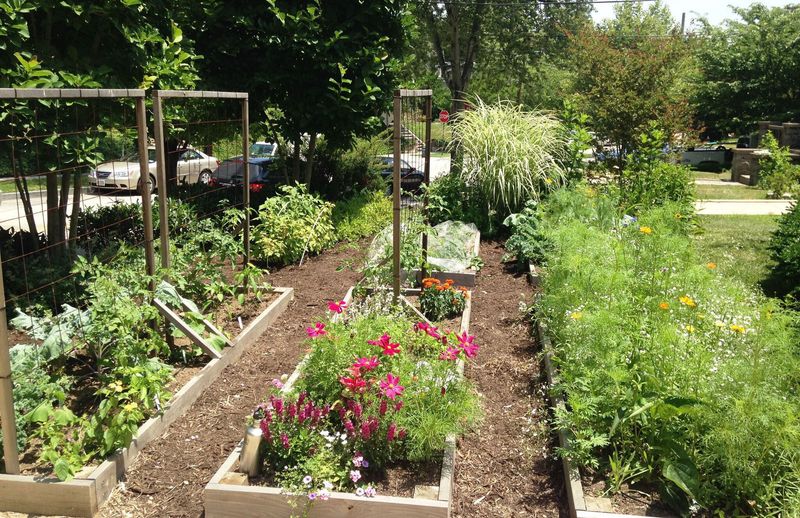
Food-producing plants are finding their way into DC’s front yards, blending beauty with practicality. Blueberry bushes serve as ornamental hedges, while rainbow chard and herbs mingle with traditional flowers in border gardens.
After chatting with a Logan Circle homeowner tending her front yard vegetable garden, I learned she shares her harvest with neighbors. Dwarf fruit trees and trellised vegetables make efficient use of space while creating visually interesting landscapes that change throughout the growing season.
9. Water Features

Small-scale water elements bring tranquility to DC’s urban landscape. From tabletop fountains on patios to more elaborate installations with recirculating water, these features add a peaceful soundtrack to outdoor spaces.
A U Street row house caught my eye with its wall-mounted water feature that creates a gentle trickle over copper panels. The sound masks street noise while the movement catches light in captivating ways. Even tiny spaces can incorporate water – one Adams Morgan balcony features a ceramic bowl fountain that attracts songbirds.
10. Mood Lighting
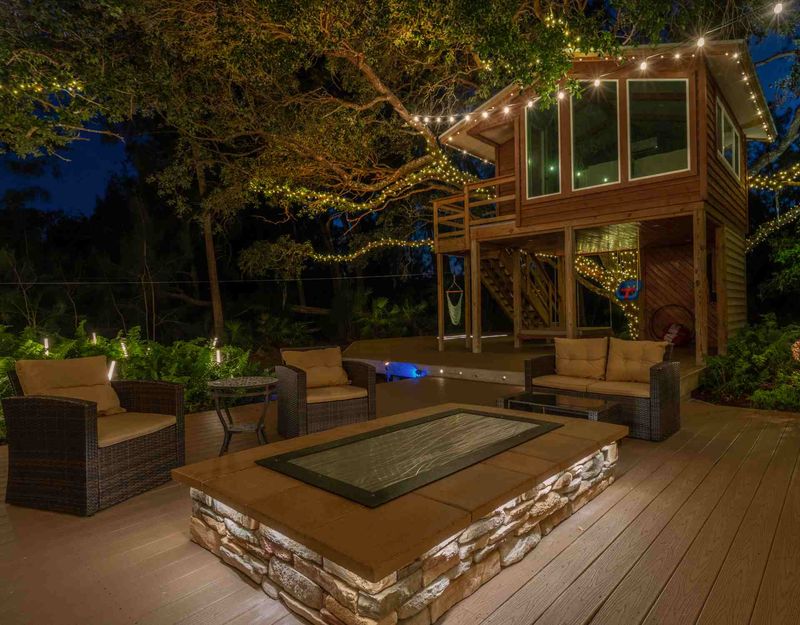
Strategic lighting transforms DC outdoor spaces from day to night. Solar path lights, bistro strings stretched overhead, and uplighting on architectural features create magical evening environments while improving safety.
Walking through Cleveland Park after sunset, I noticed how thoughtful lighting highlights specimen trees and garden art. Many homeowners are choosing warm-toned LEDs that mimic firelight rather than harsh bluish lights. Smart systems allow programming different scenes for everyday use versus entertaining.


